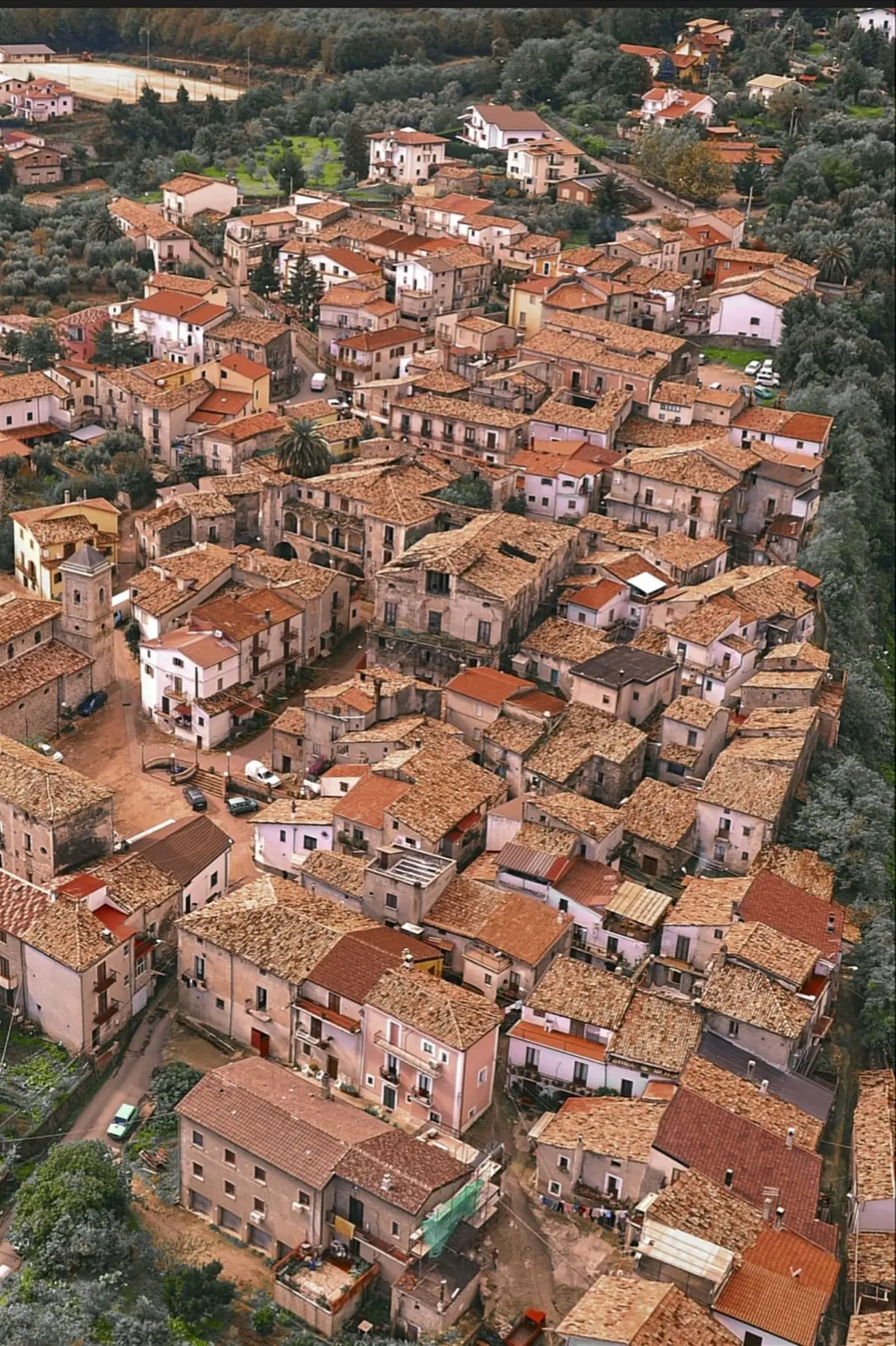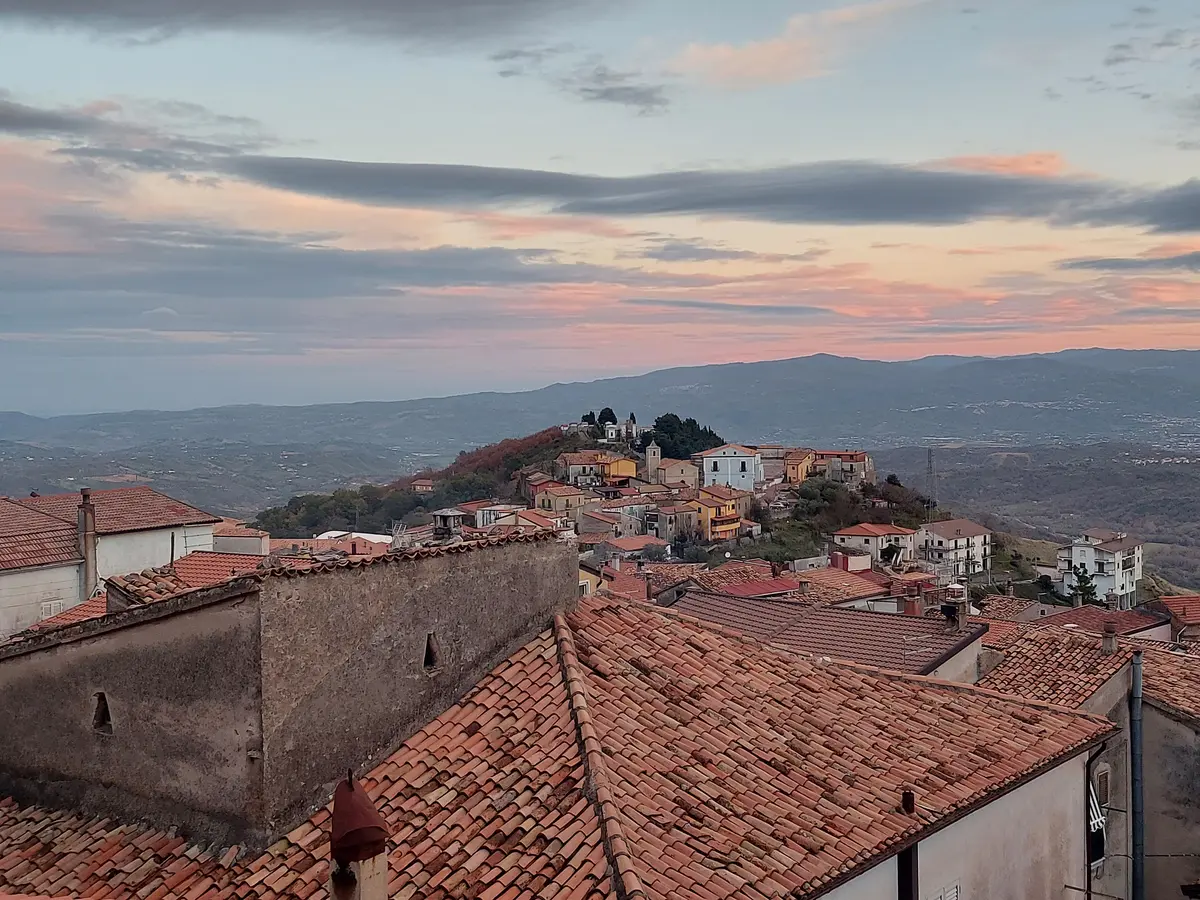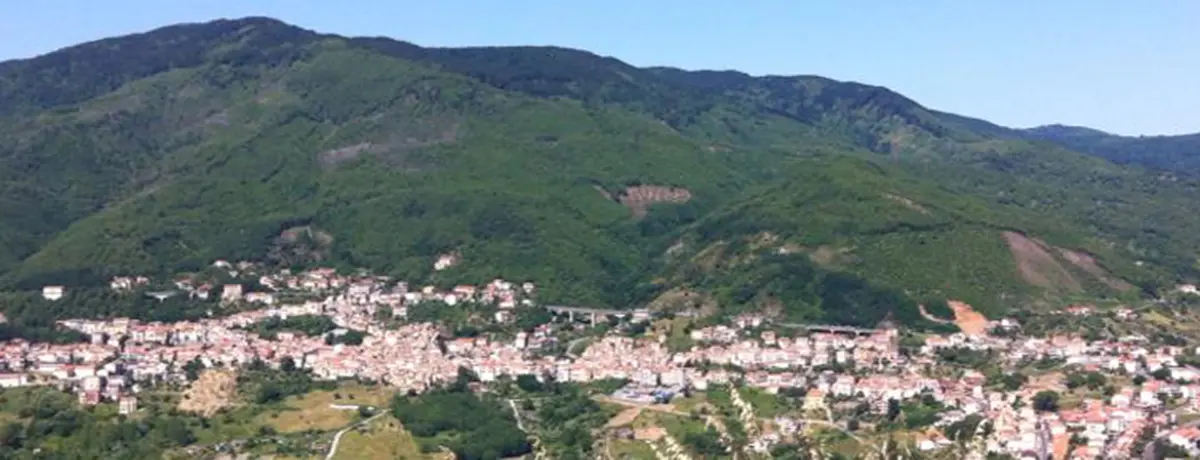Cetraro
Riviera dei Cedri Tourist Port
Ports and docks
Cetraro - Regione Calabria
Cetraro, part of the Riviera dei Cedri Regional Marine Park, is one of the tourist ports on the Tyrrhenian Sea. Its historic centre is a veritable terrace overlooking the sea.
As its name suggests, the town of Cetraro is included in the production area of the prized Cedar of Calabria PDO, used in the confectionery industry and in a particular ritual of Jewish tradition.
The ancient village of Cetraro, perched on a hill, was destroyed by Saracen pirates in 1534 and rebuilt several times following ruinous earthquakes. Today, getting lost in the alleys interspersed with arches and panoramic views is a pleasure with oriental charm. Like a small qasba, Cetraro is accessible through three ancient gates: Porta di Mare, di Basso and di Sopra, monumental testimonies of the fortified village. Cetraro's ‘’living room‘’ is Piazza del Popolo, at the centre of which stands the Fountain of Neptune, known as the Giants' Fountain. Around the fountain are the historic buildings, first and foremost Palazzo del Trono, home to the Museum of the Brettii and the Sea, a must-see for lovers of archaeology and ancient cartography.
On Via Roma, the old Corso of 19th-century Cetraro, is the Mother Church of S. Benedetto Abate. Other sacred buildings worth visiting include the Convent of the Ritiro, with the Church of S. Maria delle Grazie, the Church of San Nicola di Bari, the Church of the Annunziata and, on an excursion just outside the town, the Shrine of the Madonna della Serra.
Cetraro's oldest quarter is that of the Marinarìa, the old settlement where sailors, fishermen and workers from the Arsenal below used to build and maintain boats for the Royal Neapolitan Navy. Today, Cetraro Marina is one of the most popular seaside resorts in the area, served by a modern tourist port, the Seafront and embellished by the ancient Rienzo Tower. Among the most beautiful spots on the Cetrarese cliffs are the Lion's Head Rock and the Rizzo Cave. Instead, Borgo San Marco, rebuilt by the Venetians after the earthquake of 1905, has a Venetian flavour.
The best time to visit Cetraro? On the occasion of the traditional Rioni Tournament, which takes place every year on the last Sunday of July, on the occasion of the patronal feast of San Benedetto.
Useful information
What to know about Cetraro
Where to Sleep
There are 39 available accommodations.
Places
There are 9 places to visit.
Infopoint Cetraro
Via Luigi De Seta, 54, Cetraro
No result









